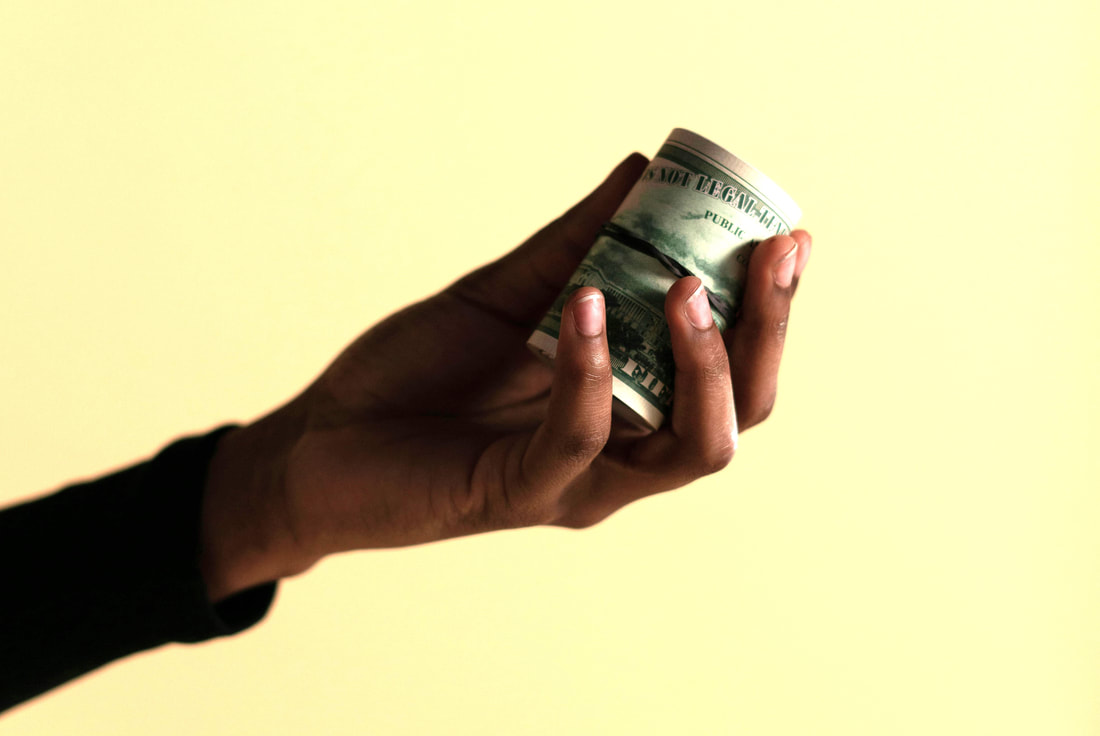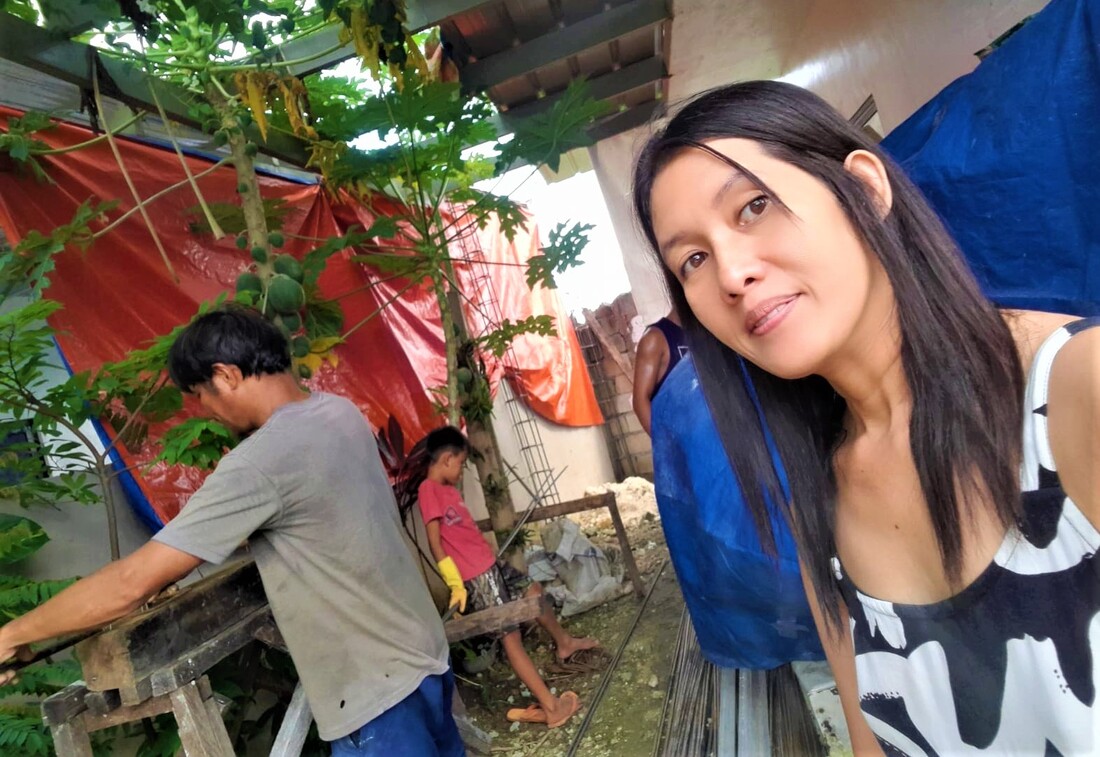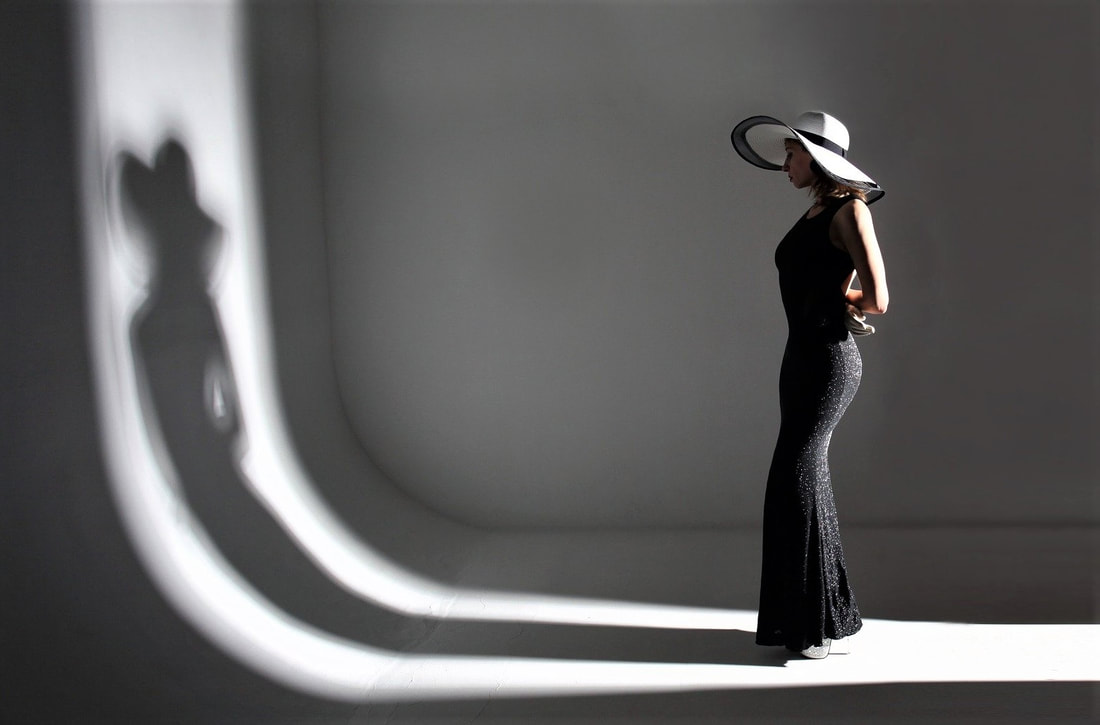|
‘It is not power that corrupts but fear. Fear of losing power corrupts those who wield it and fear of the scourge of power corrupts those who are subject to it.’ (Aung San Suu Kyi) I ran a 3-day workshop in the Philippines for students who were about to graduate from a university for the poor. As we talked about their role and career aspirations for the future, I invited them to do role-plays that would, I thought, enable them to prepare for interviews and increase their chances of success. They smiled, albeit kindly, at my naivety. In role play after role play, with typical Filipino creativity and playfulness, the students depicted scenarios in which getting a job had nothing to do with personal merit and everything to do with whom the applicant knows or is connected to, and what level of contribution for expenses (bribe) the applicant is willing and able to pay to those conducting the interviews and making the appointment decisions. I felt astonished and depressed. Endemic corruption saps the life and energy out of people and societies and deprives them of so much talent and potential. I was intrigued to explore this further so asked the students how much money they would need to pay to get a job. They responded that such forms of corruption are culturally-coded euphemistically so that, in effect, everyone knows what game is being played without anyone explicitly admitting it. For instance, if a student were to be invited to an interview at 2.00pm, it means they will need to pay 20k pesos. If at 4.00pm, then 40k pesos. If they don’t turn up with the required cash, or are not connected to a suitable sponsor, they will be offered a post-rationalisation (excuse) for their apparent failure. This encounter was certainly an eye-opener for me. We moved on to look at other ways in which corruption manifests itself in societies around the world; e.g. in payment of financial incentives (backhanders) to secure specific political policies, judicial outcomes or commercial contracts. Media manipulation, attacks on press freedom, silencing of political opponents, undermining of democratic structures and civil society, monopolisation of markets: all undermine social and economic accountability and opportunity. The biggest challenge when corruption becomes thoroughly pervasive is where and to whom to go to address it. Speaking truth to ourselves can be hard enough to endure. Speaking truth to power can lead to alienation…or to a bullet.
10 Comments
‘Never doubt that a small group of thoughtful, committed citizens can change the world; indeed, it's the only thing that ever has.’ (Margaret Mead) ‘520,000,000,000’. I wrote the number slowly…and…deliberately across the whiteboard at the front of the class. The students looked on, intrigued. I asked, ‘Who can guess what this number means?’ The playful ones quickly put their hands up: ‘The population of the world?’ ‘The distance to the moon?’ I responded, ‘The number of Pesos (= US $8 billion) that people across the world spend on skin-whitening products in one year.’ The room was filled with looks and sounds of astonishment now. The students had considered this as a private personal-relational issue rather than a global economic one. This was part of a 3-day workshop for student teachers and social workers – that is, key influencers for the future – in the Philippines. The first time I had arrived in the country, I had been naively taken aback when one of the people who greeted me apologised for their skin colour. My Filipina co-facilitator explained that this is a common phenomenon, where people evaluate themselves and are evaluated by others for how dark or light their skin is. The students went on to share heart-breaking personal testimonies of how far this has impacted their lives, prospects and sense of worth. They were very surprised to hear how much money, by contrast, people in wealthy countries spend on products, treatments and trips abroad to darken their skin. I took some skin-tanning lotion with me from the UK to show them – and they could hardly believe their eyes. We went on to consider the deep cultural drivers and diverse vested interests that lay behind the skin-whitening industry. The lively debate that ensued generated novel campaign ideas to address stakeholders (e.g. manufacturers; marketers; retailers; consumers), and its damaging spiritual, psychosocial and financial effects. 'Now kings will rule and the poor will toil, and tear their hands as they tear the soil. But a day will come in this dawning age, when an honest man sees an honest wage.' (U2) The topic of ethics can sound and feel abstract, esoteric. Something confined to philosophy lectures. The mysterious realm of armchair academics. What does it look like in practice? Why has it become such a critical issue for organisations and societies now? Jasmin, a Filipina, is from the poorest of the poor. To her amazement, and as an answer to prayer, she finds herself with an opportunity to build a small kitchen. She looks for contractors to do the work. The first question she checks is whether the labourers are paid a fair wage. In a country and industry marred by corruption, exploitation is rife. The second is whether they will build with love, if they will pour their hearts as well as their construction skills into achieving a good result. This is so different to a purely commercial transaction. It’s about spirit, attitude – and trust. Against this backdrop, I find it helpful to think about ethics, at its simplest, as values with a moral dimension. For Jasmin, it’s about lifestyle, relationship and stance. Stance infers a choice. We are faced with a decision-point, a junction in a metaphorical road. Pragmatic wisdom would suggest a weighing up of costs against benefits. Ethics would ask who is affected and how? What would be ‘good’ and ‘right’? Why this, and why now? I look up and look around: corruption; media manipulation; climate change; environmental disaster; poverty; human rights abuse; war. How did we get here? I see the poor and vulnerable affected the most and the worst. Yet still, closer to home and within me: a temptation to put my own interests first; to close my eyes; to dull my heart; to deceive my mind; to choose the easier and expedient path. So, what does ethics look like? I ask Jasmin and her life speaks: ‘Pray, love and take a stance.’ 'What is the true cost of a hoodie?' (Hannah Marriott) I hate it. She works in a textile factory in South East Asia, more commonly known as a sweat-shop, for £4.50 (US$ 6) per day. It’s long hours in sweltering conditions and arduous, back-breaking work. The little money she earns is barely enough to feed herself and her small children. If she, or they, get sick or injured, they're in deep trouble. With no discretionary income, she would need to borrow from a loan shark to pay for a doctor, medicine, or whatever else they may need. The extortionate fees and harsh interest rates make even the most rudimentary healthcare impossible, out of reach. The parent company, a well-known global brand, feels pressure from its customers to ensure that its clothing is produced ethically. Most consumers don’t wonder or ask how it’s possible we can buy a t-shirt in the UK for just £5 that was manufactured on the opposite side of the planet. Somebody, somewhere at the sharp end, is paying a heavy price. The company decides to visit the factory to carry out an inspection. On hearing this, the local HR manager calls all the employees, mostly women, together: ‘You will smile and tell them we pay you £10 per day and provide you with 3 healthy meals a day – or else.’ This half-whispered threat is far from idle. The women know that, if they were to blow the whistle, they would be dismissed as soon as the inspectors leave. That would plunge them and their families into even worse poverty, if that were possible, and there are plenty of other poor women outside willing to take their place. All the while, the local managers pocket the difference that the parent company intends for its workers. They wear smart clothes, live in nice houses and drive around in expensive cars. They know they can bribe any official to whom a desperate worker may dare to appeal. Money talks. Do we care? What can we do? Write to your MP (your political representative). Write to your favourite brand CEO. Check out: Clean Clothes Campaign; Business & Human Rights Resource Centre. ('The Asia Pacific region employed roughly 65 million garment workers in 2019, the most recent year for which data is available, according to the International Labour Organisation. 80% of garment workers globally are women.' Tara Donaldson, WWD) |
Nick WrightI'm a psychological coach, trainer and OD consultant. Curious to discover how can I help you? Get in touch! Like what you read? Simply enter your email address below to receive regular blog updates!
|







 RSS Feed
RSS Feed